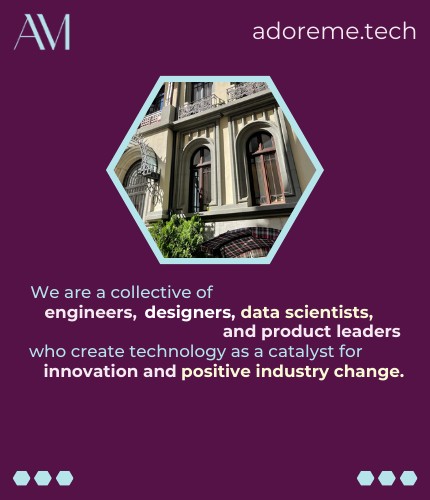Sep 24, 2021

Photo by Jakob Søby on Unsplash
Creating a product vision should be the most important goal of any Product Manager. Whether we are talking about a startup, an established product or just your small set of features that you are managing in the early days of your product management career.
In this article, we will talk about why it is important and how to create your own product vision. As a personal preference, I usually correlate the product vision with the product strategy, so that the vision doesn’t look only aspirational.
So, what is product vision?
It is the single most important document that will drive the direction and the roadmap of your product for the foreseeable future. It describes that perfect place where you want to go, if you had little or no constraints. It is the most powerful artefact that can align and inspire development teams, stakeholders, designers and analysts. You can always use it to see if your product is heading in the right direction or not. The great part about it is that it is not fixed and you can change it over time (especially if you are a startup that needs to pivot a lot).
To have a compelling product vision, you need to answer the following questions:
- Who are your users — not early adopters, first users etc, but all the users that your product will target in the next 5 years.
- What are their needs, problems or jobs that they want to solve with your product?
- What will your product or service look like ideally and what business goals does it serve?
You then wrap all these together and come up with an amazing Zen statement or unique value proposition. All of these in a few beautiful slides (because even in the smallest companies, people still love slides).
Pretty easy, right?
Well, not quite. In order to assess your users (who they are, what are their profiles, who are your personas), to find out their needs or issues and to figure out a compellable business objective, you need to do discovery. I wrote here about various discovery methods that anybody can master.
Let’s explain why you need to perform discovery and what type of discovery methods you need to apply.
Who are your customers/users and what are their needs?
You need to figure out who would use your product (new product) and why? In order to understand this, you need to go through qual interviews to form hypotheses and maybe some surveys, if you already have these hypotheses.
You will need then to understand the size of the market that you are targeting. Will it evolve in the future? Will it shrink? What are your competitors? You will use this to decide which of the myriad of user profiles/personas you will serve. You will also use this to create your product strategy (more about this in a future post). Here are my suggestions about understanding your market.
What business goal does your product serve?
This is a tough one, because you don’t want to get very specific into short term KPIs (e.g. conversion rate), but you also don’t want to make it fluffy. You also should make it generic enough to fit a vision, but also specific enough so that people can imagine how the dashboards would look like in a few years.
For instance, you might want to tackle topics like revenue, retention and engagement, without specifying LTV or DAU/MAU or whatever other KPI you have in mind. So, you also need to do your homeworks in this space.
What about your amazing Zen statement?
When you know everything about your customers, market and how your product might look like, you can come up with something inspiring that would align people and make them think that this journey will be an amazing one.
I would use the following template: “My product is the _______ where {{customers}} can {{solve their problem}} through {{a short description of your product}}”
For instance it can be something like: “ The ecosystem of applications where marketers can create, manage and personalise content, promotions and products to help any customer find their perfect personalised fit”. I haven’t included here the short description of the product though. You don’t want to make a mouthful out of it.
So, how do you actually create it?
To align people and create something truly inspirational, you need to work together with stakeholders and peers: designers, engineers. You have to involve them in the process and gather their feedback. In the end it is just like any other product that you are building, right? The customers of your product vision are your stakeholders and peers.































